Journal list menu
Export Citations
Download PDFs
Issue Information
Editorials
Telemedicine platforms must be leveraged to strengthen rural health systems
- Pages: 277-278
- First Published: 03 August 2022
COVID-19 and its enduring influence on medical imaging
- Pages: 279-281
- First Published: 20 July 2022
Original Articles
Australian perspectives on artificial intelligence in medical imaging
- Pages: 282-292
- First Published: 15 April 2022

While artificial intelligence (AI) and deep learning (DL) have sparked interest in medical imaging, there has been little commentary on the impact of AI on imaging technologists. Australian nuclear medicine technologists and radiographers recognise important applications of AI for assisting with repetitive tasks, performing menial tasks and enhancing the quality of outputs in medical imaging. There are concerns relating to ethical aspects of algorithm development and implementation.
Comparison between radiographers with sonography education working in remote Australia and radiologists’ interpretation of ultrasound examinations
- Pages: 293-298
- First Published: 16 March 2022
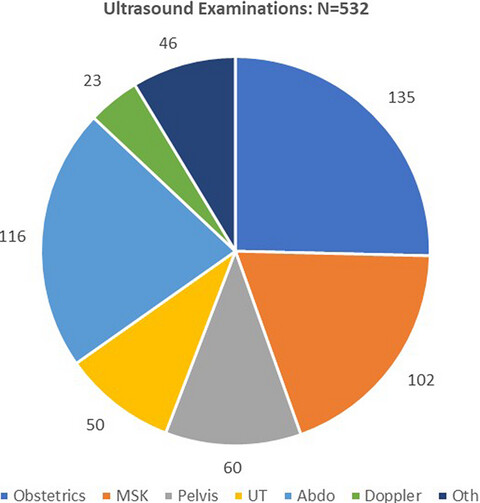
Radiographers working in remote Far North Queensland (FNQ), Australia, are dual-qualified as sonographers and need to possess unique skills sets in order to provide culturally safe practice to all Australians living in remote areas. Due to the lack of onsite radiologists, radiographers/sonographers need to provide preliminary findings to referring practitioners including ultrasound. Our findings have demonstrated that agreement levels between radiographers/sonographers and radiologists were very high and support existing evidence about the accuracy and timely communication of sonographic findings to radiologists and other healthcare professionals, in keeping with MRPBA expectations.
The impact of COVID-19 on Western Australian medical imaging clinical practice and workplace
- Pages: 299-308
- First Published: 12 May 2022
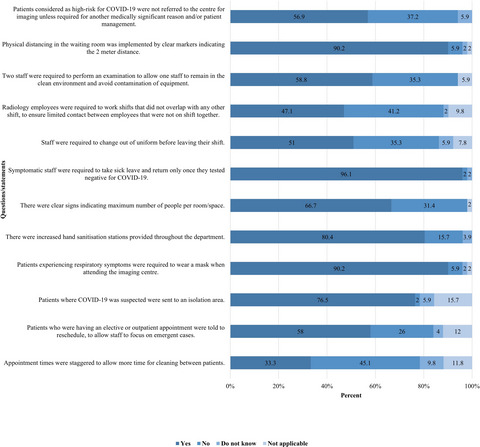
On this cross-sectional study design, clinically practicing medical imaging practitioners from Western Australia shared their perceptions of the impact of COVID-19. The results showed that most participants (94.1%) perceived an impact to their clinical practice, with expressions of insufficient access to personal protective equipment (PPE). Participants also expressed concerns about little psychological support.
Interdisciplinary interprofessional education using an online learning environment called values exchange: A qualitative investigation
- Pages: 309-317
- First Published: 27 April 2022
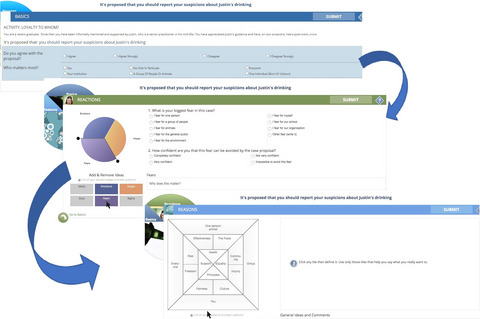
This is an original qualitative research article. It was conducted across two professions, across two geographical locations. The project examined the perspectives of Master of Pharmacy students in England and undergraduate Radiography students in Australia in relation to the effectiveness of an online learning environment to facilitate interprofessional learning.
Lived experiences of radiation therapists using health literacy strategies with patients—A qualitative review using interpretative phenomenological analysis
- Pages: 318-326
- First Published: 14 March 2022
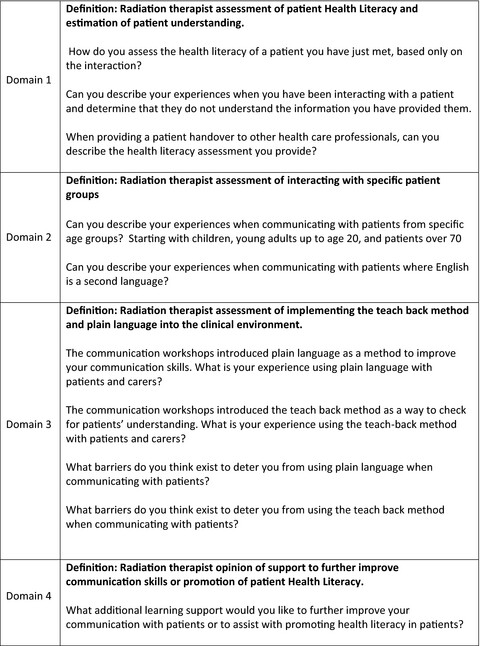
Determining patients’ informational needs and acting on the needs are skills radiation therapists (RTs) employ daily with patients. Learning health literacy tools to assist with the informational delivery provides RTs with options to improve patients’ understanding of vital radiotherapy treatment information or tasks. While RTs may be person or process-focused when interacting with patients, the patient’s needs are always prioritised when providing information which ultimately results in patient understanding and increased compliance.
A study in patient satisfaction regarding telemedicine consultations in radiation oncology
- Pages: 327-335
- First Published: 16 March 2022
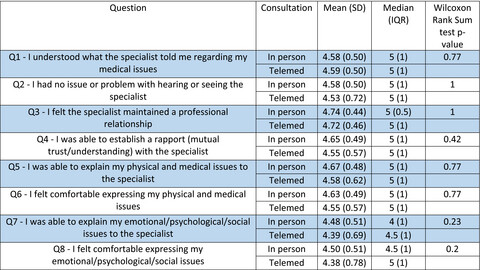
Telemedicine consultations can be a cost effective and convenient method of communication particularly with patients living in remote areas. Given the dearth of patient reported satisfaction data with this form of consultation in Radiation Oncology, we surveyed patients to assess this in our department.
Being away from home for cancer treatment: a qualitative study of patient experience and supportive care needs during radiation therapy
- Pages: 336-347
- First Published: 04 April 2022
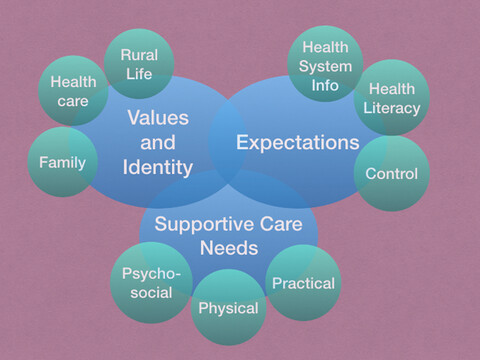
This study explores radiation therapy patient experiences of being away from home; it considers patient perspectives of their own supportive care needs and identifies recurring themes. It provides a deeper understanding of how these patients think and feel and encourages the foundation of patient-centred insights for further research.
Not all 3D-printed bolus is created equal: Variation between 3D-printed polylactic acid (PLA) bolus samples sourced from external manufacturers
- Pages: 348-356
- First Published: 04 May 2022
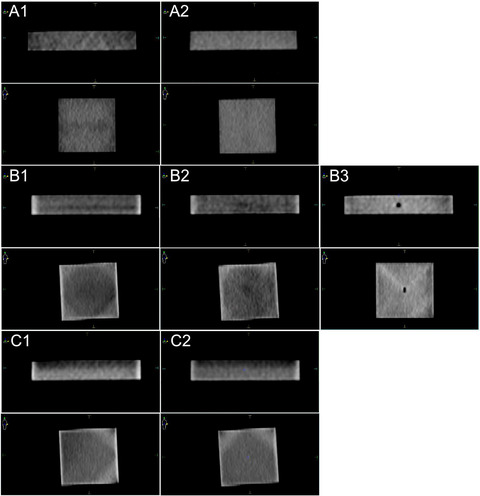
3D-printed polylactic acid (PLA) can have considerable variability in density, Hounsfield Unit (HU) and Coefficient of Equivalent Thickness (CET) values between samples and manufacturers. Multiple samples of dimensions 5x5x1 cm with 100% infill were assessed within this study. Centres looking to outsource 3D-printed bolus would benefit from clear, open communication with manufacturers and undertake stringent QA examination prior to implementation into the clinical environment.
Modified volumetric modulated arc therapy technique with reduced planning and treatment time for craniospinal irradiation utilising two isocentres
- Pages: 357-366
- First Published: 22 April 2022
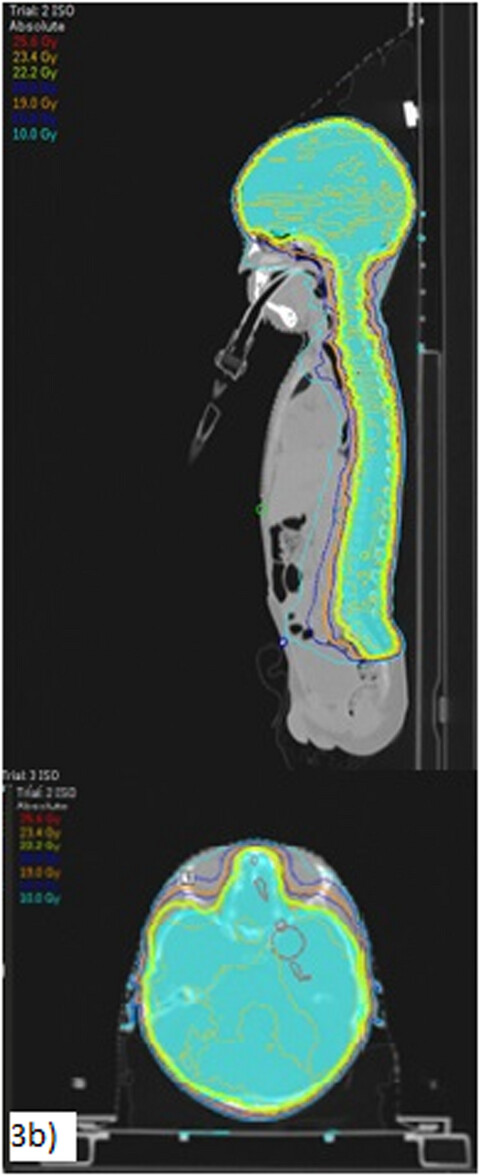
A modified two isocentre (2-ISO) volumetric modulated arc therapy (VMAT) technique was investigated to determine whether it was dosimetrically equivalent to a 3-ISO VMAT technique and whether it can provide for an improved workflow process for planning and treatment of CSI patients. The new 2-ISO VMAT technique provided comparable dose distribution and patient-specific QA results to the 3-ISO technique. Its reduced planning and treatment times allows patients to commence treatment earlier, reduces sedation time during treatment if it is required and assists with limiting intra-fraction motion while potentially increasing treatment accuracy.
Review Articles
Simulation-based education for medical radiation students: A scoping review
- Pages: 367-381
- First Published: 17 February 2022
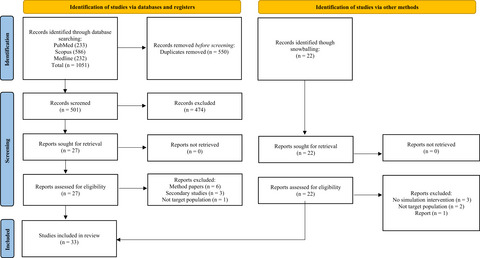
This scoping review investigated the current literature in this field to identify the evidence surrounding simulation-based education for medical radiation students. Student satisfaction remained high throughout the studies; however, it is the view of many that although simulation-based education is a valid and effective tool, it is complementary to and not a replacement for clinical placement.
Which test is the best? An updated literature review of imaging modalities for acute ankle diastasis injuries
- Pages: 382-393
- First Published: 03 May 2022
Commentary
Health preference research: An overview for medical radiation sciences
- Pages: 394-402
- First Published: 06 April 2022
How I do it
Alternative positioning method for the superior–inferior axial shoulder projection – the Lewis modification
- Pages: 403-406
- First Published: 15 April 2022
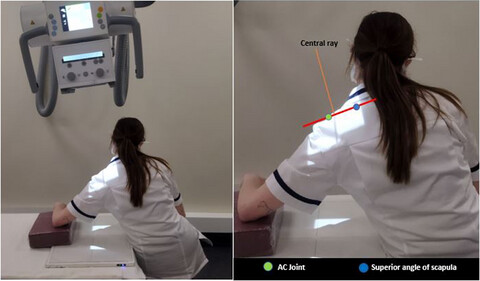
The superior-inferior (SI) axial shoulder view is an important part of shoulder imaging. When positioned correctly the gleno-humeral joint is visualised with the superior and inferior aspects of the glenoid superimposed to demonstrate the true relationship between the glenoid and humerus. This paper outlines a proposed modification using bony landmarks that can assist MITs in positioning their patients for this important view and obtain diagnostic images that demonstrate the glenoid in true profile.
Case Report
Complicated appendicular diverticulitis
- Pages: 407-410
- First Published: 23 February 2022
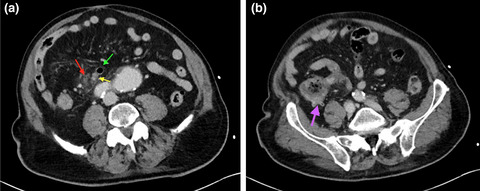
Appendiceal diverticulitis, a frequently underdiagnosed entity, differs from typical appendicitis by the presence of an inflamed appendiceal diverticulum. Appendiceal diverticulitis is a surgical emergency which has an increased risk of perforation compared to typical appendicitis. We discuss a surgically and pathologically confirmed case of complicated appendiceal diverticulitis and its management implications.
Continuing Professional Development
Continuing Professional Development – Medical Imaging
- Page: 411
- First Published: 26 May 2022
Continuing Professional Development – Radiation Therapy
- Page: 412
- First Published: 20 May 2022




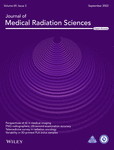
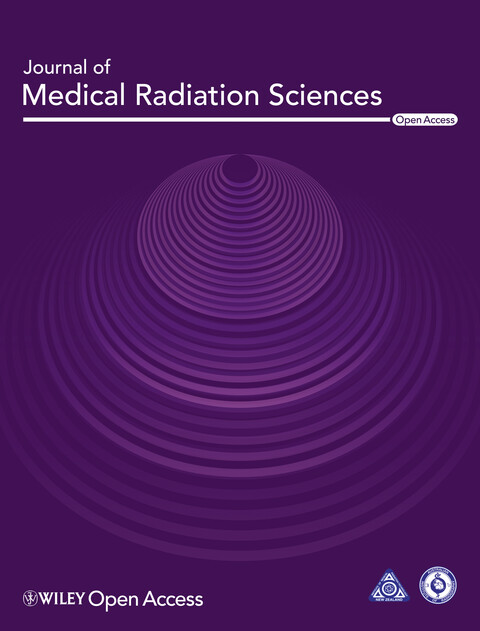
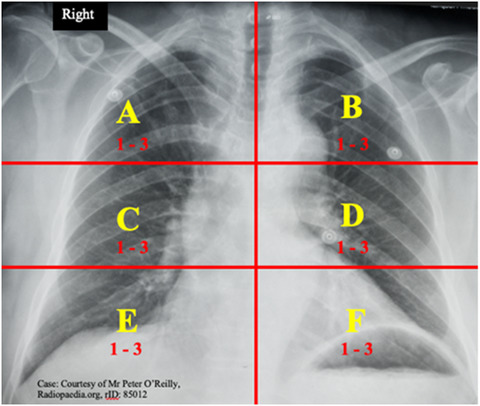
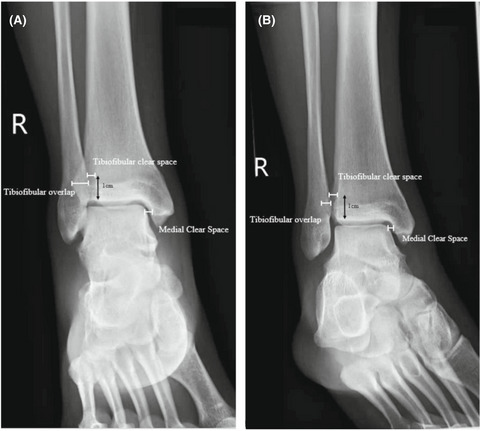

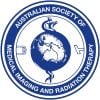
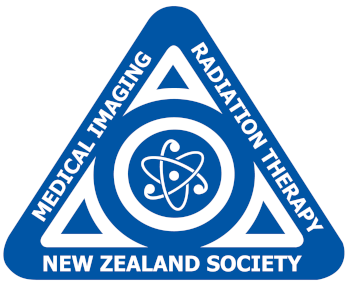

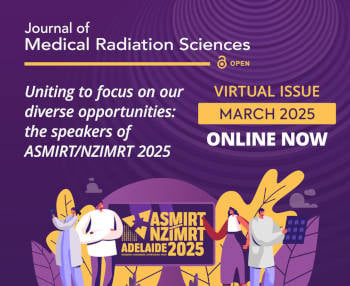
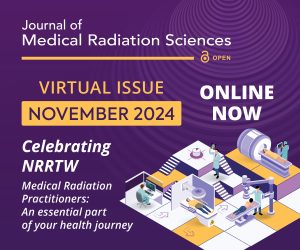
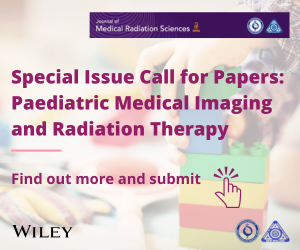
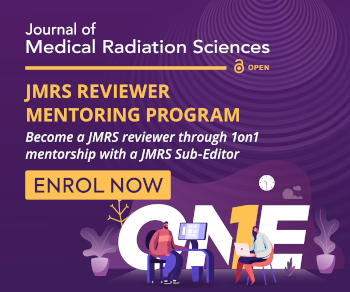
-1693813706.png)